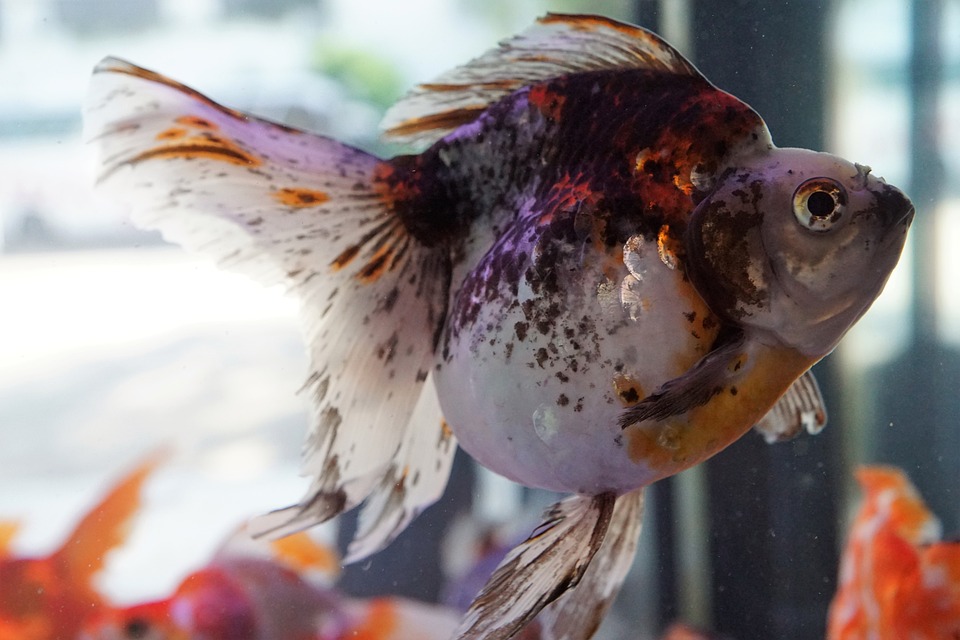Title: Understanding Fish Behavior: Monitoring and Responding to Changes in Tank Water Quality
Introduction:
Maintaining optimal water quality is crucial for the health and well-being of aquarium fish. Changes in water quality can have a significant impact on fish behavior, potentially leading to stress, diseases, and even mortality. In this article, we will explore the importance of monitoring and responding to changes in fish response to tank water quality changes, providing you with valuable insights to keep your aquatic pets happy and thriving.
I. Fish Behavior as an Indicator of Water Quality:
1. The connection between fish behavior and water quality:
– Fish behavior can serve as an indicator of the overall health and well-being of the fish.
– Changes in behavior, such as increased aggression, reduced activity, or hiding, may indicate poor water quality.
2. Signs of stress and discomfort in fish behavior:
– Fish may exhibit rapid or labored breathing, loss of appetite, or unusual swimming patterns when stressed.
– They may also display physical symptoms like fin rot, cloudy eyes, or abnormal coloration.
3. Understanding the role of water parameters on fish behavior:
– Water parameters such as pH, ammonia, nitrite, nitrate, temperature, and oxygen levels can directly affect fish behavior.
– Imbalances in these parameters can cause stress and negatively impact the overall health of the fish.
II. Monitoring Water Quality:
1. Essential water parameters to monitor:
– pH levels: Measure the acidity or alkalinity of the water.
– Ammonia and nitrite levels: Monitor the presence of harmful toxins.
– Nitrate levels: Assess the accumulation of waste products.
– Temperature: Maintain a stable and suitable temperature range for the fish.
– Oxygen levels: Ensure sufficient oxygenation for the fish.
2. Reliable tools and techniques for testing water quality:
– Water test kits: Liquid testing kits are more accurate than test strips and provide a comprehensive analysis of water parameters.
– Thermometers: Use a reliable thermometer to monitor water temperature.
– Dissolved oxygen meters: These devices measure the oxygen levels in the water accurately.
3. Establishing a regular monitoring routine:
– Test water parameters at least once a week to identify any changes or potential issues.
– Keep a record of the results to track trends and patterns.
– Adjust monitoring frequency based on the specific needs of your fish and the stability of your aquarium.
III. Responding to Changes in Fish Response to Tank Water Quality:
1. Identifying the causes of water quality changes:
– Overfeeding, inadequate filtration, overcrowding, or decaying organic matter can lead to water quality issues.
– Understanding the root cause is crucial for implementing effective solutions.
2. Steps to address specific water quality issues:
a. pH fluctuations and how to stabilize it:
– Use pH buffers or additives to stabilize pH levels.
– Avoid sudden changes in pH levels during water changes.
b. Ammonia and nitrite spikes: prevention and remedies:
– Perform regular water changes to dilute and remove excess ammonia and nitrites.
– Ensure proper filtration and avoid overfeeding.
c. High nitrate levels: reducing and maintaining optimal levels:
– Regular water changes can help lower nitrate levels.
– Implement effective filtration and consider adding live plants to absorb nitrates.
d. Temperature fluctuations and maintaining stability:
– Use a reliable heater and thermostat to maintain a stable temperature range.
– Avoid exposing the aquarium to direct sunlight or drafts.
e. Oxygenation and aeration: ensuring sufficient oxygen supply:
– Install an air pump or use a water pump to promote water circulation and oxygenation.
– Remove any obstacles that may restrict water flow.
f. Algae blooms and controlling excessive growth:
– Maintain proper lighting duration and intensity.
– Implement algae-eating fish or use algae control products as necessary.
IV. FAQs (Frequently Asked Questions):
1. How often should I test my aquarium water?
– It is recommended to test water parameters at least once a week.
2. What are the ideal water parameters for different fish species?
– Ideal water parameters vary depending on the specific fish species. Research the requirements of your fish to ensure optimal conditions.
3. Can I rely on water test strips, or should I use a liquid testing kit?
– Liquid testing kits are more accurate and provide a comprehensive analysis of water parameters. Test strips can be less reliable.
4. What can I do to prevent sudden changes in water quality?
– Avoid overfeeding, maintain proper filtration, perform regular water changes, and monitor water parameters consistently.
5. Is it normal for fish to change their behavior during water changes?
– Fish may exhibit temporary stress or changes in behavior during water changes. Monitor them closely and ensure a smooth acclimation process.
6. How long does it take for fish to acclimate to new water conditions?
– Fish may take a few hours to acclimate to new water conditions. Gradual changes are recommended to minimize stress.
Conclusion:
By closely monitoring fish behavior and promptly addressing any changes in tank water quality, you can ensure a healthy and thriving aquatic environment for your beloved fish. Regular testing, proper maintenance, and swift action when needed will help prevent potential problems and provide a harmonious habitat for your aquatic companions. Remember, a balanced and pristine environment will not only promote good fish health but also enhance the beauty and enjoyment of your aquarium.









